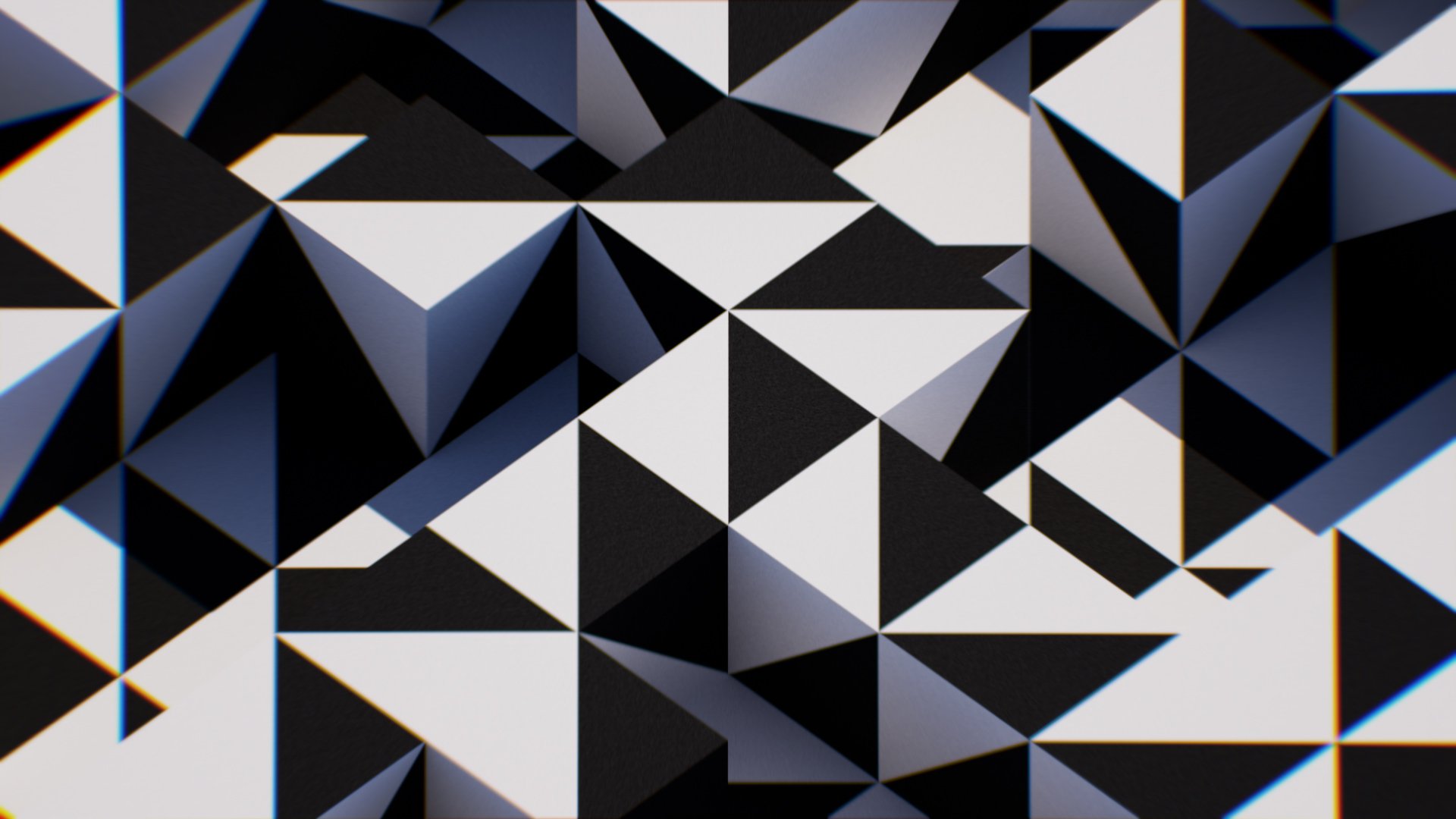I’m still waiting for the game to go super discounted or free on Steam. Bought it on BattleNet AND on PlayStation. Not gonna pay the third time just for the privilege of no-hassle play on Steam Deck - and that’s the only way I see myself getting back to it.
QubaXR
- 4 Posts
- 84 Comments

 2·1 month ago
2·1 month agoPersona 5 Reloaded!

 6·2 months ago
6·2 months agoThe one where the zoom animation plays several times in quick succession? Yea, I get that bug too. Very annoying.

 1·2 months ago
1·2 months agoLol, of course, right after I put my deck on eBay

 6·2 months ago
6·2 months agoAll this assumes the top selling list is automatically generated based on sales data and not human-curated like most “top/trending” lists on many platforms.
I can’t help but always read it as “Diablo Immoral”

 2·2 months ago
2·2 months agoIf you go to Reddit, you will inevitably very quickly come by posts that seem to be from regular users, but are actually fill-a ads.
Funny thing happened and I just happened to be eating their food when I filmed it. We did a thing and it failed at other joints but succeeded at their place. My dog can do a cool thing with their box, etc etc.
It feels like they have an army of as people dedicated to creating this content.
It started soon after they got a lot of bad press for finding anti-LGBTQ organizations. Instead of changing their ways, they decided to change their image through social media posts and largely succeeded. Most people associate their brand with good times now, even though they don’t know why.
Much like whenever US police murders someone, Web gets flooded with memes and videos of cops doing fun things and being generally great fun.

 204·3 months ago
204·3 months agoThey already run what seems to be every other post on Reddit, so why not streaming, too.

 16·4 months ago
16·4 months agoLooks like the person who yanked the blowtorch was the real unsung hero of this take.

 5·7 months ago
5·7 months agoProbably some kind of exoskeleton. This thing is heavy.

 3·8 months ago
3·8 months agoOther people said a lot about the CPU and I concur. No reason to buy Intel. If you are planning to use GPU rendering (redshift, octane, etc), you want a card with lots of memory for textures. Not sure if 4070ti fits the bill, I always stick with xx80 or xx90 lines - even if it means starting on older gen.
For video you will want a lot of fast SSD space to edit and HDD to store.
Not gonna comment on the amounts of RAM - I assume you did the math and know that you need this much.
Personally I recommend browsing through Puget Systems. If not to buy from them - then to clone!
Good luck.

 191·9 months ago
191·9 months agoThere’s more to making movies than generating moving images.

 41·9 months ago
41·9 months agoOh, could this DLC finally be a reason to reinstall Diablo 4? Well done King-Activision-Blizzard-XBOX-Microsoft

 3·9 months ago
3·9 months ago“metadata” is such a pretty word. How about “recipe” instead? It stores all information necessary to reproduce work verbatim or grab any aspect of it.
The legal issue of copyright is a tricky one, especially in the US where copyright is often being weaponized by corporations. The gist of it is: The training model itself was an academic endeavor and therefore falls under a fair use. Companies like StabilityAI or OpenAI then used these datasets and monetized products built on them, which in my understanding skims gray zone of being legal.
If these private for-profit companies simply took the same data and built their own, identical dataset they would be liable to pay the authors for use of their work in commercial product. They go around it by using the existing model, originally created for research and not commercial use.
Lemmy is full of open source and FOSS enthusiasts, I’m sure someone can explain it better than I do.
All in all I don’t argue about the legality of AI, but as a professional creative I highlight ethical (plagiarism) risks that are beginning to arise in majority of the models. We all know Joker, Marvel superheroes, popular Disney and WB cartoon characters - and can spot when “our” generations cross the line of copying someone else’s work. But how many of us are familiar with Polish album cover art, Brazilian posters, Chinese film superheroes or Turkish logos? How sure can we be that the work “we” produced using AI is truly original and not a perfect copy of someone else’s work? Does our ignorance excuse this second-hand plagiarism? Or should the companies releasing AI models stop adding features and fix that broken foundation first?

 31·9 months ago
31·9 months agoActually no, but thanks for letting me know, I like his content.

 61·9 months ago
61·9 months agoIn many cases the AI company is “selling you” the image by making users pay for the use of the generator. Sure, there are free options, too - but just giving you an example.

 2·9 months ago
2·9 months agoI was on the same page as you for the longest time. I cringed at the whole “No AI” movement and artists’ protest. I used the very same idea: Generations of artists honed their skills by observing the masters, copying their techniques and only then developing their own unique style. Why should AI be any different? Surely AI will not just copy works wholesale and instead learn color, composition, texture and other aspects of various works to find it’s own identity.
It was only when my very own prompts started producing results I started recognizing as “homages” at best and “rip-offs” at worst that gave me a stop.
I suspect that earlier generations of text to image models had better moderation of training data. As the arms race heated up and pace of development picked up, companies running these services started rapidly incorporating whatever training data they could get their hands on, ethics, copyright or artists’ rights be damned.
I remember when MidJourney introduced Niji (their anime model) and I could often identify the mangas and characters used to train it. The imagery Niji produced kept certain distinct and unique elements of character designs from that training data - as a result a lot of characters exhibited “Chainsaw Man” pointy teeth and sticking out tongue - without as much as a mention of the source material or even the themes.

 53·9 months ago
53·9 months agoI think the problem is that you cannot ask AI not to plagiarize. I love the potential of AI and use it a lot in my sketching and ideation work. I am very wary of publicly publishing a lot of it though, since, especially recently, the models seem to be more and more at ease producing ethically questionable content.

 105·9 months ago
105·9 months agoThe problem in here is that while the Joker is a pretty recognizable cultural icon, somebody using an AI may have genuinely original idea for an image that just happens to have been independently developed by someone before. As a result, the AI can produce an image that’s a copy or close reproduction of an original artwork without disclosing its similarity to the source material. The new “author” then will unknowingly rip off the original.
The prompts to reproduce joker and other superhero movies were quite specific, but asking for “Animated Sponge” is pretty innocent. It is not unthinkable that someone may not be familiar with Mr. Squarepants and think they developed an original character using AI


Wilmot Works It Out - much simpler than Wilmot’s Warehouse, an extremely enjoyable puzzle game.